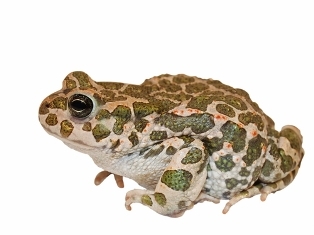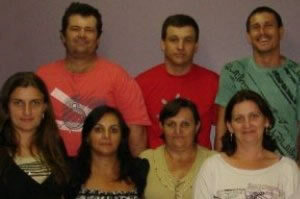THE skin it is the largest organ in the human body. It is fundamental for protection against friction, against excessive water loss, and it works as the first protective barrier against invading microorganisms and some substances. The skin is made up of two main layers, an outer layer called the epidermis and an inner layer called the dermis.
THE epidermis is formed by epithelial tissue and therefore has no blood vessels and nerves. That's why, when there's a very shallow cut, we don't see any bleeding. The most superficial part of the epidermis is rich in dead cells with a large amount of keratin, and in regions where friction is greater, it is thicker, such as on the soles of the feet.
In the epidermis are also found the melanocytes, which are cells capable of producing a pigment called melanin. It is this pigment that is related to the color of people's skin and hair. A black person, for example, has more melanin than a white person. The presence of a greater amount of this substance is an advantage, as, in addition to coloring the skin, melanin protects against the harmful effects of the sun.

The skin is formed by two main layers: the epidermis and the dermis.
Below the epidermis, there is the dermis, which is formed by connective tissue. In this region we find blood vessels, nerves, and several nerve endings that allow us to feel heat, cold, pressure, pain, and other tactile sensations.
Underneath the skin there is a layer of connective tissue with lots of fat cells. This layer is called the subcutaneous or hypodermis and has the function of providing protection against cold and mechanical shock. Furthermore, it also functions as an energy reserve.
It is important to note that some attachments are found on the skin, such as hair, glands and nails. The hairs, found in the mammals, help maintain body temperature and also act as protection. They are formed by dead keratinized cells.
The glands found in the skin are the sebaceous and sweat glands. Sebaceous are related to the lubrication of the skin and hair. Already the sweat producing sweat, which act by controlling our temperature. When our bodies get too hot, sweat is released and this helps with heat loss.
Nails are structures formed by keratin and are found on the tips of the fingers and toes. They help in handling some materials, in addition to acting as a form of defense.
It is important to always take good care of the skin, being aware of any abnormalities, such as the appearance of blisters and irritations. This valuable organ needs care just like any other part of the body, so if you experience any unusual symptoms, see a dermatologist.
Take the opportunity to check out our video lesson on the subject:



